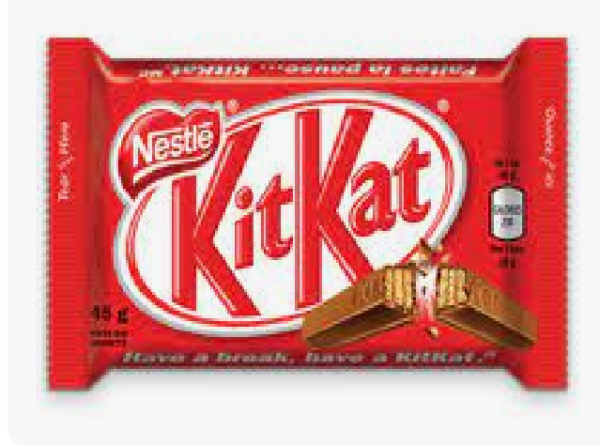
Cote d\'ivore
How is it produced?
The process to produce a KitKat bar is two-fold: first, the cocoa beans are planted, grow, harvested and dried out in two African countries: Cote d’Ivoire and Ghana. Then the beans are shipped to one of 50 Nestle factories worldwide (including Canada) where they are broken down, tempered and shaped into bars then subsequently packages and ready for stores!
Describe the supply chain to the store shelf in Canada:
Nestle works with chocolate cooperatives to ship the dried beans to factories around the world. These cooperatives (mainly Cargill and Cocoanect) are the main point of communication between the corporation and the farmers. They typically group together a number of farms in a region and facilitate harvest schedules and large shipments. Once the beans are harvested and dried out, they are shipped to factories where they are grinded down, tempered and melted into chocolate. Then machines work to fold them into the shiny red packaging we are all familiar with and they are shipped in an abundance to stores around the world.
What is the power balance between the producer and seller?
The power balance is not equal between corporation and farmer. In Nestle’s attempts to be “100% sustainable” they have built a relationship of reliance. Nestle provides the farmers with planlets to begin their harvest which not only poses an environmental concern but also distances farmers from their own traditional ways of growing cocoa. Further to this, Nestle has established a number of programs that are not sustainable. For example, paying farmers to send their children to school works as an incentive as long as the corporation continues to do this forever. Once this program ends or if the corporation moves onto another area to farm and abolishes the program, parents will be left with a shortage of income and kids will likely join the work force again.
Can you recommend changes to the system to improve the balance?
- Do not provide planlets to farmers and allow them to farm cocoa how they have been for hundreds of years.
- Cut out the middle man shipping companies who take a large cut of profit and re-route those funds to the farmers.
- Establish factories in cote d’ivoire. Creates jobs, true sustainability and would improve the quality of the chocolate.
References/Resources:
New Food. “Nestle cocoa processing and chocolate manufacturing” 2023. URL: Nestlé cocoa processing and chocolate manufacturing – New Food Magazine
Nestle: The Cocoa Plan. Managing the Supply Chain. 2023. URL: Better Cocoa | Cocoa (nestlecocoaplan.com)

